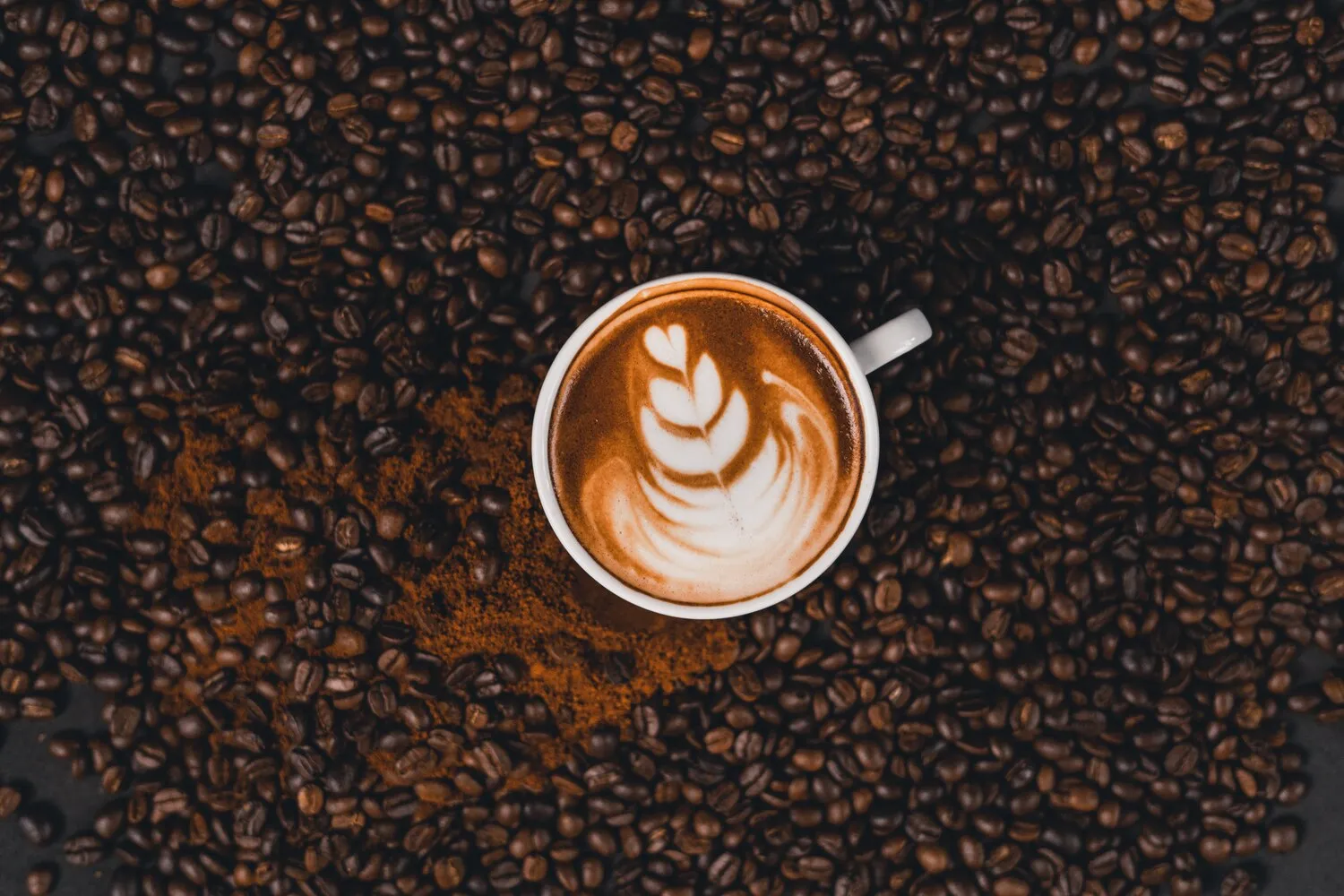
Café Expresso
Espresso coffee.
Nutrition Facts
* The % Daily Value (DV) tells you how much a nutrient in a serving of food contributes to a daily diet. 2,000 calories a day is used for general nutrition advice.
Café & Etc
Espresso's history is rooted in late 19th-century Turin, Italy, driven by the desire to brew coffee faster. Angelo Moriondo patented an early machine, but it was Luigi Bezzera who truly refined the process in the early 20th century, patenting improvements that delivered coffee 'espresso,' meaning 'expressed' or 'made on the spur of the moment.' Desiderio Pavoni then bought Bezzera's patent and together they mass produced the machines.
Espresso is deeply ingrained in Italian culture and has become a global phenomenon, influencing coffee preparation and consumption worldwide. It is more than just a drink; it's a social ritual and a symbol of Italian identity.
Italian Coffee Culture
In Italy, espresso is typically consumed quickly at a bar, often standing. It is a social activity, a brief pause in the day, and a way to connect with others. 'Un caffè,' meaning 'a coffee,' almost always refers to an espresso.
Global Influence
Espresso is the foundation for many popular coffee drinks worldwide, including lattes, cappuccinos, macchiatos, and Americanos. Its concentrated flavor and versatility have made it a staple in coffee shops everywhere.
Coffee Brewing Method Evolution
Espresso marked a critical evolution of the preparation of Coffee beverages that resulted in the rapid expansion of Coffee consumption globally.
Espresso boasts a concentrated and intense flavor profile, characterized by a balance of bitterness, sweetness, and acidity.
The primary flavor is intense coffee, often with notes of chocolate, caramel, nuts, and sometimes fruit or floral undertones depending on the bean origin and roasting level. The crema, a foamy layer on top, contributes to the overall experience with a slightly bitter and creamy texture. The flavor is far more concentrated than drip coffee.
Grind Size
The grind size is crucial. It should be very fine, almost powder-like, but not so fine that it clogs the machine. An overly coarse grind will result in weak, under-extracted espresso.
Tamping Pressure
Tamping the coffee grounds evenly and with consistent pressure is essential for creating uniform resistance to the water flow. Aim for about 30 pounds of pressure.
Water Temperature
The ideal water temperature for espresso is around 195-205°F (90-96°C). Too cold and the espresso will be sour; too hot and it will be bitter.
Machine Maintenance
Regularly clean and maintain your espresso machine to ensure optimal performance and prevent build-up that can affect the taste of your espresso.
Explore additional Beverage dishes and restaurants
Explore BeverageDiscover top dining spots and culinary experiences in Duque de Caxias.
Explore Duque de CaxiasLearn more about the food culture, restaurant scene, and culinary heritage of Brazil.
Explore Brazil